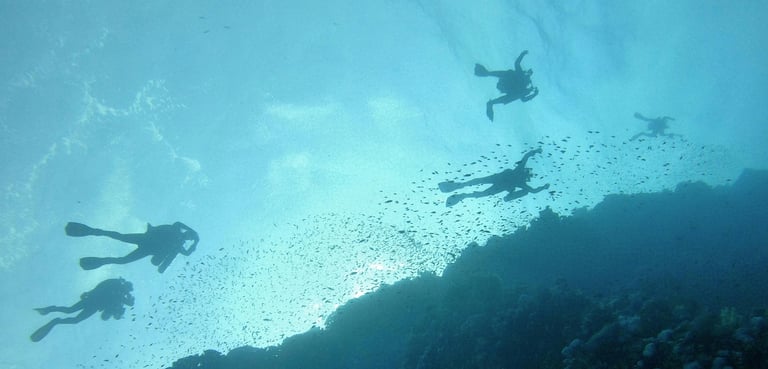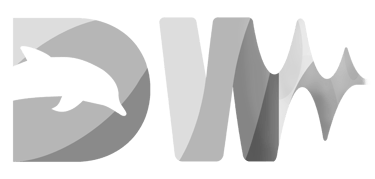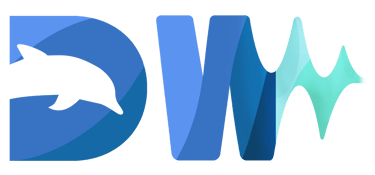Our research work
Our solutions empowers researchers to study dolphin communication using
two-way whistle interactions, with AI enhancements on the horizon
Data collection
Our team frequents a natural coastal site where wild dolphins gather. Using the DW App linked to a hydrophone and waterproof speakers, we record high-quality audio while ensuring minimal disturbance.
Each session integrates acoustic data collection with close observation of dolphin reactions. We broadcast digitalised test whistles and record their responses to enhance our machine learning models.
The most valuable insights come from interactive moments, where dolphins engage with our digital signals. Our hydrophone system captures their whistles, clicks, and grunts, highlighting the complexity of their multi-vocal communication.
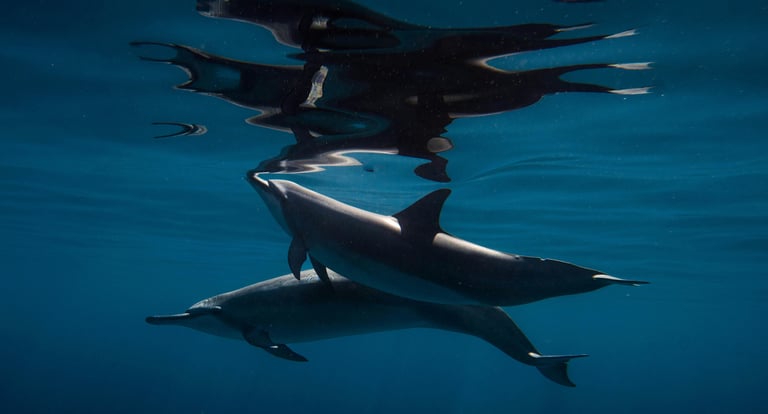

"Trademark" whistles
Through acoustic analysis, we identify and catalog "trademark whistles" — unique vocal signatures dolphins use consistently. Captured by our hydrophone and processed via the DW App, these whistles let us recognize individual dolphins, much like familiar voices.
The DW App is constantly updated to detect these whistles in real time, enabling quick ID of returning dolphins. By digitizing their natural sounds for our response system, we aim to foster meaningful exchanges using their existing communication repertoire instead of relying solely on artificial signals.
Marine mammal safety
Our commitment to dolphin welfare guides every step we take. We recognise that ocean sound is a sensitive matter and design our work to respect the natural behaviour of marine mammals. All transmissions are digitised versions of dolphin whistles, deliberately structured to be recognised as non-natural and to avoid confusion with real communication.
To ensure safety, the app enables users to adjust sound intensity through the device’s volume control. It remains the user’s responsibility to keep emissions within safe levels (typically below 160 dB re 1 µPa near the emitter). Commercial services can assist with equipment setup, and users must also comply with applicable local regulations.
TDW-1
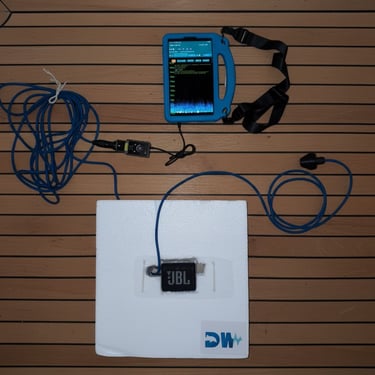
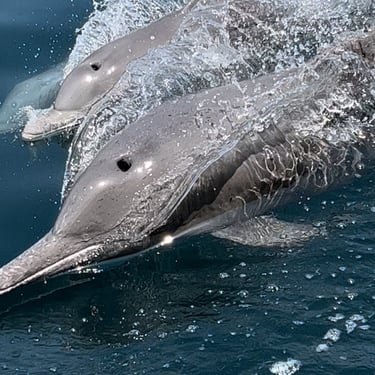
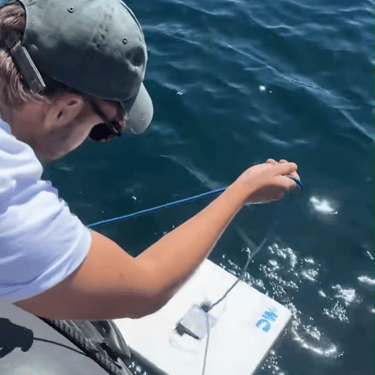
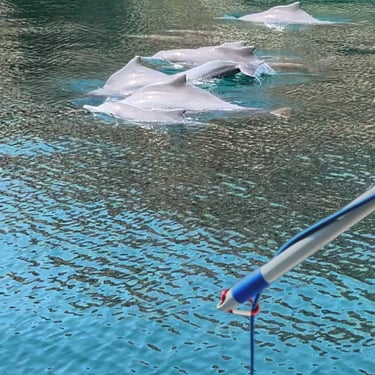
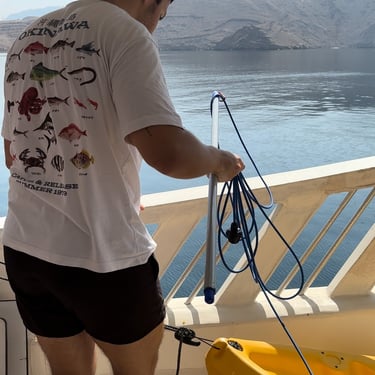
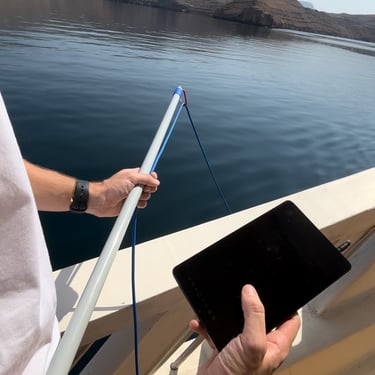
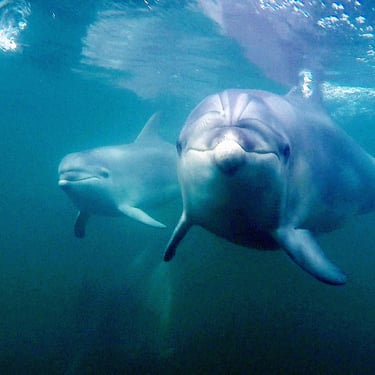
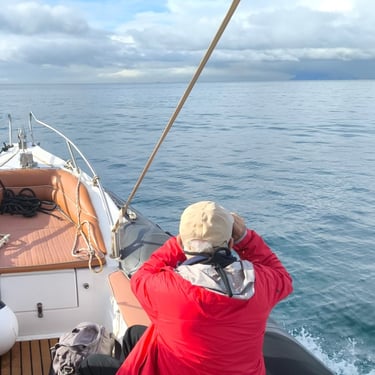
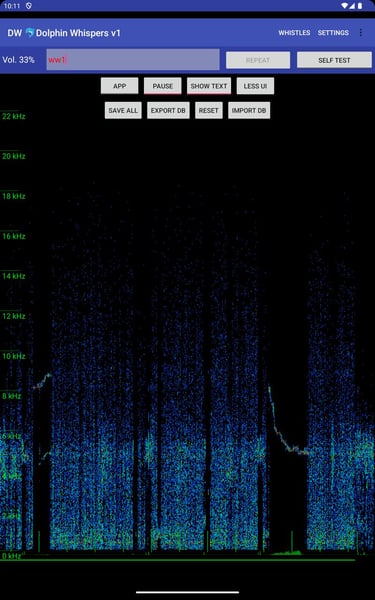
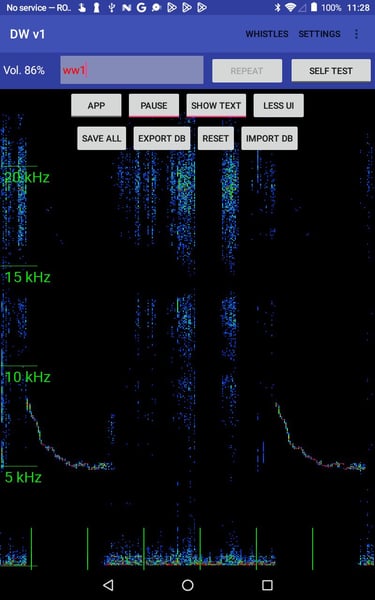
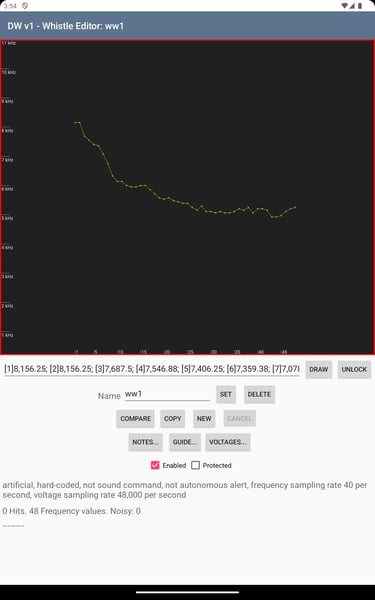



Bioacoustics research
DWP team supports marine research through bioacoustic analysis of dolphin whistles. Our automated protocols create smart data catalogs that aim to identify individual dolphins, locations, and whistle patterns. This helps researchers study trends and correlations with other marine research initiatives, advancing our understanding of dolphin behavior and communication.
Examples include warning whistles to mitigate the environmental impact of marine infrastructure with minimal disturbance, or whistles designed to provide potential medical assistance to free dolphins in need of veterinary support.
